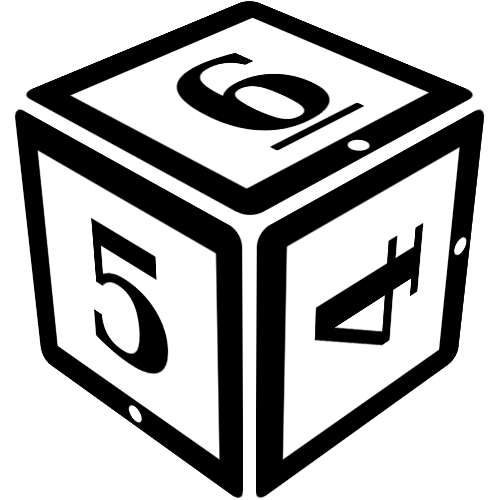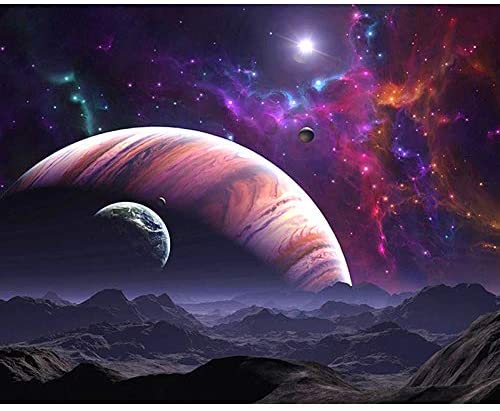Differences on Rastlar
[letter:holo]
The homeplanet of the Ru'utkar people, Rastlar is a vast world of warrior tribes which follow one basic law: Might Makes Right. Heavily ritualistic and tribal, the Ru'utkar are known for their love of honorable combat and glorious battle. Most outside races know them due to crossing their people while on their sacred rite of passage, where they send out their young into inhospitable planets to test their mettle and adaptability.
Rastlar is has two major biomes - a wet jungle like terrain, and a rocky, volcanic desert terrain. Both territories are inhospitable, and home to some of the most dangerous beasts in the known galaxy. The most dangerous of course, are the Ru'utkar themselves.
Unlike many planets which gained culture and civilization after being colonized by planetary settlers, Rastlar was populated even before the ships landed on the harsh and unforgiving planet. The original Ru'utkar people were intelligent, but had yet to set their sights on the stars due to their constant conflict and turmoil. When the humans fell in from the skies, they initially saw them as divine entities tied to the gods - but this did not lead to worship, but rather for the newcomers to be challenged so that the Ru'utkar could prove their superiority.
The clash between the two races was a brutal mess, but it wasn't any different from the normal clashes between the various races. The Ru'utkar had their warriors, but the humans had their own form of elite warriors who helped put them on par with the native race: The Uratha, children of the Fallen Goddess Luna. These two groups warred long enough to develop a mutual respect for the tactics and strengths of each other party.
Eventually, out of a mutual need to survive and out of respect for each other's prowess, the two races reached a point in which they managed to open up diplomatic relationships. These relationships would have remained that, were it not for the strange mutable effects of the Wolf-Blooded's genetics. Whether it was by the will of the Moon Gods of Rastlar - El'ar and Telduine - or simple bizarre coincidence, it became apparent to both races that under certain circumstances - interbreeding was possible. This awareness lead to a complete adoption and marriage of the two races, and to what is known as the modern Ru'utkar.
Science
Even before the sky people fell to Rastlar's surface, it would be wrong to say that the Ru'utkar were not technologically advanced. The only thing that prevented them from reaching for the stars was that their technological advancements only promoted warfare and their concerns were only over strength and proving themselves in battle. They had enough knowledge of space craft to be able to move offworld and mine planets in the same system for resources, but they did not have a working knowledge of the Stygian Gates to allow them faster-than-light travel. This changed with the marriage of the humans into the Ru'utkar race, as the humans had a far greater understanding of these mysterious artifact than the native people.
Rastlar is home to many tribes all over the planet, but the largest tribes have built cities that match any Empyreon metropolis. Their architecture tends to blur the native wildlife with rich cultural designs honoring their ancient ancestors as gods, and murals which depict the greatest hunts. Awakened note that these cities seem almost like temples in their design, with devices which seem to shoot out tethers of energy to the sky to form massive shields and domes for common life.
They place great value in their weapons and armor that help them to establish the hunt. For the most part, their armor -is- the closest thing to clothing that they wear, and each warrior's armor will be modified to the wearer, and often built from elements of an ancestors armor. They tend to be equipped with a plasma cannon, multiple retractable melee weapons, and a variety of nets as well as helmets which can mimic the sounds of any other creature, translate language, and visualize any frequency to adapt to any environment.
Culture
The Ru'utkar are highly tribal and venerate their ancestors. They follow the laws of might makes right, and their laws and trials are almost always trial by combat. They do have concepts of art and beauty, but strength is always the most honored and revered trait a warrior can have.
All Ru'utkar undergo a sacred rite of passage when they come of age: the D'rora. A group of warriors are dropped off, abandoned in a desolate location and given the task of hunting a particular prey in that location. In ancient times, they would be expected to return to the tribe on their own, but this is not feasible when the locations are now different planets with environments that the warriors are not familiar with. In these times, they are given a time limit before the mothership returns in which they are expected to return with the trophies of their kills. Upon their return, they are given their Ru'utkar armor and considered a full member of society - though that presumes that they succeeded in the hunt. Those who return from the D'rora with no trophies to speak of are treated as pariahs amongst the people - weak and incapable, not children yet less than a warrior until they ahev succeeded in gaining a trophy. This same logic applies to those who return with a trophy of a docile prey that poses no risk - though Ru'utkar have been known to abandon the pariah or outright kill them if they try to pass such prey off as something more than what it was.
After the D'rora, the Ru'utkar continue to hunt for sport, glory, honor, and renown - though their armor grants them unparalleled capability that has been said to put even a normal warrior on par with a Uratha. They gain the ability to undergo trials by combat against other citizens, as well as trial by combat to prove themselves to potential mates. The armor also serves as the only form of fashion that the Ru'utkar seem to embrace - when not armored, they tend to wear either a loincloth or nothing at all - though clothing has been re-adopted recently for some tribes who make their way to tundra planets.
Relationships are determined by a mixture of mutual interest, social pressure, and ultimately strength. Females who wish to bear the line of a strong male need only defeat that male in combat. Socially speaking, the Ru'utkar see no reason why the male would refuse to accept his seed being carried in a strong vessel, unless another male has taken interest in that female.
When two or more males desire the same female however, or the female desires another male it gets a bit more complicated. The males can undergo a trial, and at the end the victor is the only one who is deemed worthy to pass on their gene through the female. This doesn't stop the female from being with her preferred partner, but only the strongest actually has the right to set his seed. Some warriors permit the female to bear a child with the lesser warrior both as a kindness and acknowledgement of the lesser's strength, but only after at least one child - such children are treated as lesser compared to the stronger, in the same way that a bastard child might be compared to a legitimate one. In most cases however, the lesser male either is forced to choose a different female whose competition he can defeat, or ends up serving as a parent to the children of the victor and the female while they continue the sacred hunt.
The Ru'utkar Species
If you were to ask the Ru'utkar today, there is only one Ru'utkar race. To a degree that's true - due to the intermingling of blood between the two races, there are no completely pure humans or completely pure Ru'utkar - and the race has not progressed to the point where it's completely intermingled the two into one. Academics of the outside races note that there are three varieties of Ru'utkar: The Ru'tan, the Ru'utha, and the Ru'utin.
The Ru'tan are for the most part almost entirely human in nature. They have some elements of their Ru'utkar ancestors, but these don't manifest in any element that couldn't be seen in a normal, sturdy human. They tend to be fluid and predatory in their movements more than a normal human, and some have eyes, hair, or teeth which reflect their ancestry. The average physical trait for the Ru'tan is 3, not 2 even if the maximums remain the same. Their blood is a darker shade of red than normal humans All Ru'tan can mate with the other Ru'utkar, requiring no blessing or occultic alteration from their heritage. The Ru'tan are capable of Awakening and becoming Uratha if they garner the attention of one of the two Moon God - El'ar and Telduine - nearby.
The Ru'utin are the original Ru'ukar before the humans co-mingled into the race. Hideous by human standards, the Ru'tan seem to have no issue finding them as partners - a fact that often disgusts outsiders who do not realize they all come from the same fold. They larger than humans and typically physically more resilient, with scaled skin, manibles, and green blood - the more human blood in them, the darker green the blood.
The Ru'utha are the truly mixed ones, and often pointed at as the ideal representation of their race - the comingling of the ancestries of the greatest warriors bound into one form. The Ru'utha are only slightly weaker than the Ru'utin due to the human heritage, but can and often do become a bizarre and alien form of Uratha that is to Uratha what the Ru'utin are to humans. It is unknown if they can Awaken, though the elements of the Arrow which reside in the sector are certainly curious in that matter. Physically, the Ru'utha are mostly humanoid, with no mandibles but what seem like long fangs or tusks. They seem to have tendril like dreadlocks that mold into the skin, and a scaled body. Their blood is almost pitch black like oil.
All three races to the last drop are considered wolf-blooded, and those who are not a member of a greater supernatural template have at least 1 Tell.
// Inspiration: Yautja or Hish-Qu-Ten, otherwise known as Predators //
[/letter]

